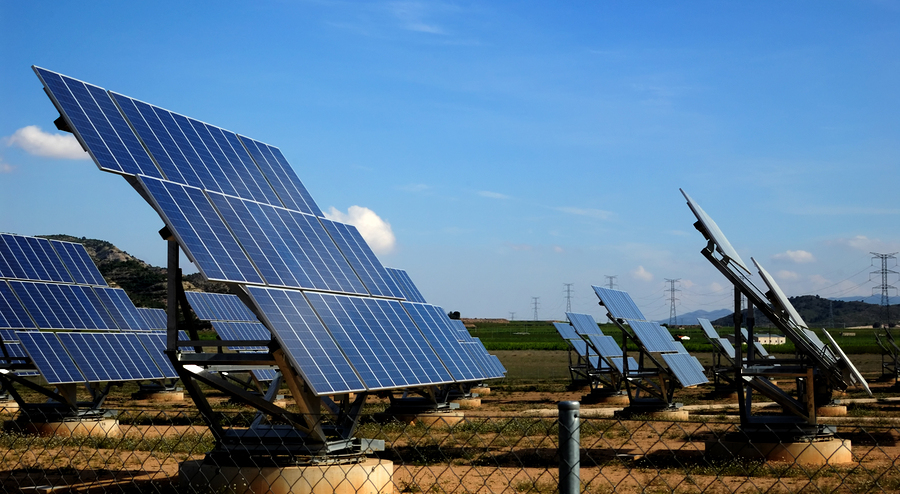After Ken LaRoe sold Florida Choice Bank in 2006, an institution he founded in 1999, he had some non-compete years to travel and check off a few bucket-list items. He also had a chance to think about sustainable companies.

"My brother gave me the autobiography of Yvon Chouinard, the founder of [outdoor goods company] Patagonia," said LaRoe, a self-described rabid environmentalist and capitalist. "I thought instead of doing something to [just] make a lot of people a lot of money, my dream was to do a [sustainable] bank." LaRoe searched on the Web for green banks and came across a couple of examples: one in San Francisco and another in the Netherlands. "I called up and said, 'What's your gig? What makes you a sustainable bank?' That was the genesis."
And so he started First GREEN Bank in 2009, making sustainability a fundamental, strategic aspect of the business. Although small, handling $350 million in assets, the bank now sees annual revenue of close to $20 million. CEO LaRoe looks to expand that, with sustainability being an important tool to achieve growth.
Trusting the Savings Math
The bank's headquarters in Mt. Dora, Florida, is a LEED Platinum building, the top rating for energy efficiency available from the U.S. Green Building Council. One of the five branches has a LEED Gold rating. Another has a LEED-certified interior, and yet another is in the process of a major retrofit to become Green Globe certified, which is a competing energy rating. All the bank's internal operations are paperless and 85 percent of customers have gone paperless as well. LaRoe wanted to do more, but he found it was much harder than he expected.
"I thought if we offered substantial interest-rate discounts if someone did something green, people would jump all over it," LaRoe said. "That was naive. When we started in 2009, they weren't low and there were no banks loaning money. We were the only game in town because we were a new bank and hadn't been hammered by the downturn, but no one would do it. New projects weren't being done [for the most part] because real estate had gotten hammered, and the projects that were being done weren't going green."
Even though the math showed that loan discounts and savings from LEED-rated buildings were financial wins, many business executives were closed-minded, dismissing the possibilities LaRoe demonstrated. "We could show them, 'We'll give you this discount, it'll save you this much a year and here's what it will cost to do a LEED building.' The metrics were there, but still they wouldn't do it."
Sustainable Wages for Better Personnel
LaRoe kept pushing. As he learned about sustainable companies, he saw he could both do more and advance the bank's interests. "In October, we implemented a living wage at the bank," he said. "No full-time employee makes less than $30,000 per year, a figure developed from Department of Labor statistics on living costs in the local area. It could be argued that it's not benefiting the bottom line, but I think it results in much higher-quality employees, which adds to the bottom line." According to LaRoe, livable wages are also a vital part of doing the right thing.
Sustainability took other forms with the bank's workers. "We have really extensive employee benefits," LaRoe said. "I wanted to try to encourage my coworkers to drive fuel-efficient cars, so we came up with a zero-rate loan program." Few were taking the offer, so LaRoe and his team came up with two smart twists.
One was a loaner program. Many of the female employees' husbands turned their noses up at fuel-efficient cars, so First GREEN bought a Prius that was available to any employee who wanted to use it. "We started getting reports back: 'My husband loved driving that car!'"
Second, the bank offered a $300-per-month subsidy, which paid for the car loan. In return, employees had to agree to host a bank advertising wrap on the car. "It took off because then they could afford the payment, which was zero-rate, and we had a whole fleet of First GREEN advertising." The bank still does it today, although with two changes: the efficiency has to be 40 mpg instead of 30, and the subsidy is now $100 per month for a gas engine and $200 per month for all-electric.
A Big Benefit Many Companies Ignore
LaRoe has learned that helping people find more sustainable ways to live and do business is harder than he thought. Still, avoiding the effort doesn't help. The bank has benefited from this focus on sustainability, although it can be difficult to quantify. "[The LEED headquarters are] super inexpensive to operate," LaRoe said. "Having paperless statements for our customers saves a ton of money. Our employees are super happy and productive. We get a ton of press. The amount of media exposure we get added up to $250,000 last year."
By doing the right thing, First GREEN has shown that sustainability is one of the smartest financial moves a company can make.
Does your company have any environmental or sustainability initiatives in place? What are some examples you've seen or used? Let us know by commenting below.
Erik Sherman is an NCMM contributor and author whose work has appeared in such publications as The Wall Street Journal, The New York Times Magazine, Newsweek, the Financial Times, Chief Executive, Inc. and Fortune. He also blogs for CBS MoneyWatch. Sherman has extensive experience in corporate communications consulting and is the author or co-author of 10 books. Follow him on Twitter.